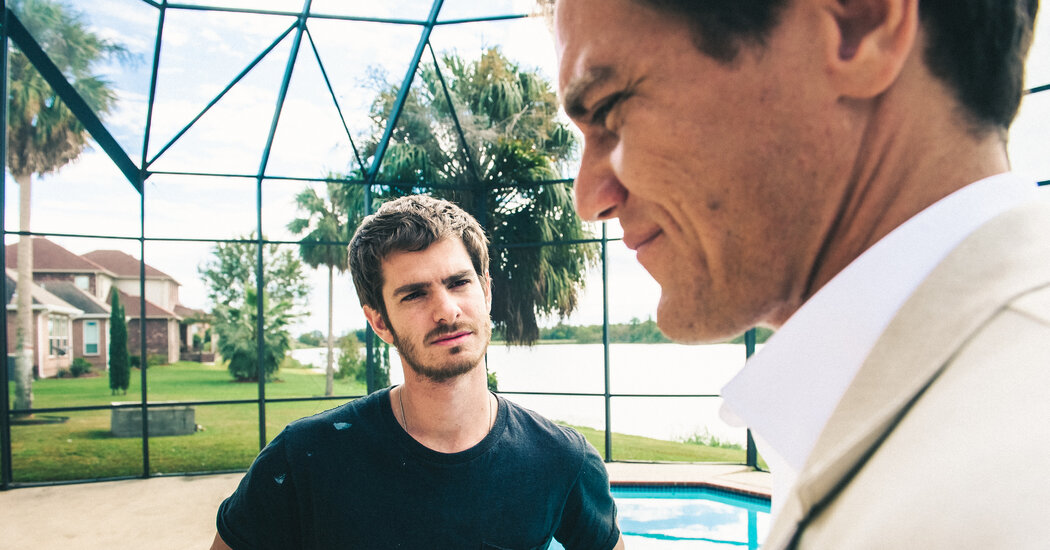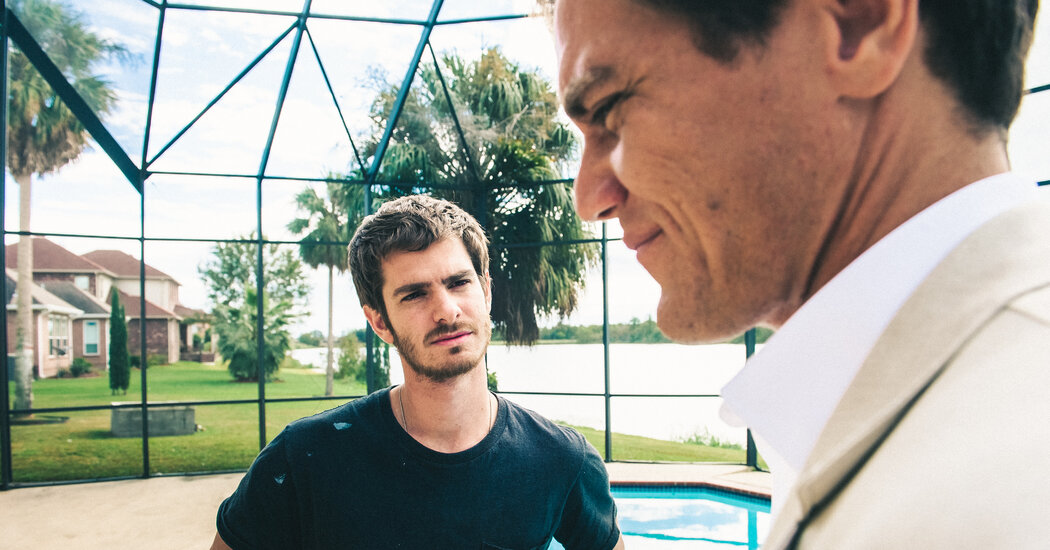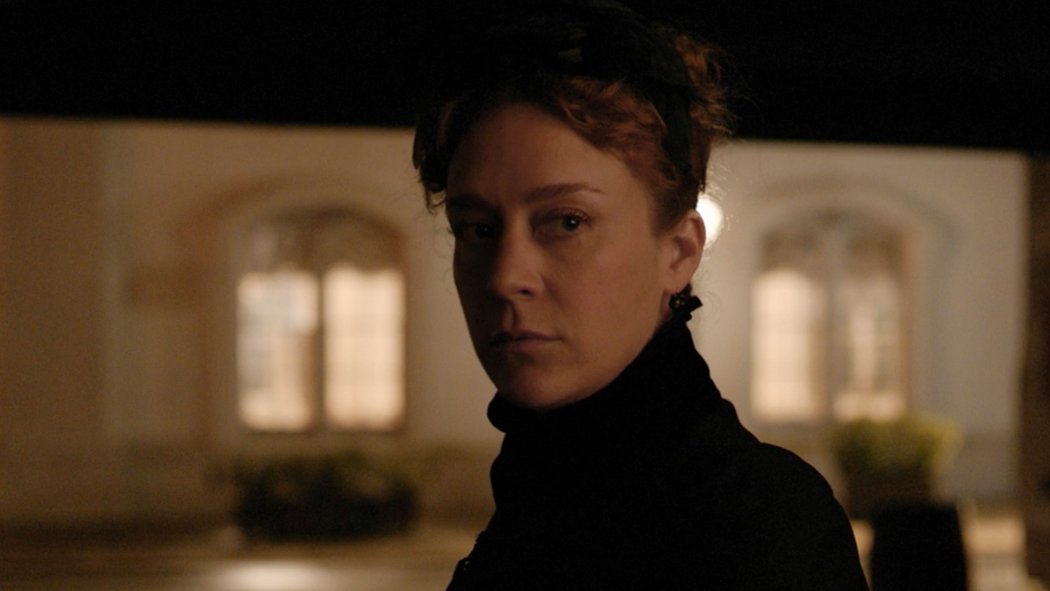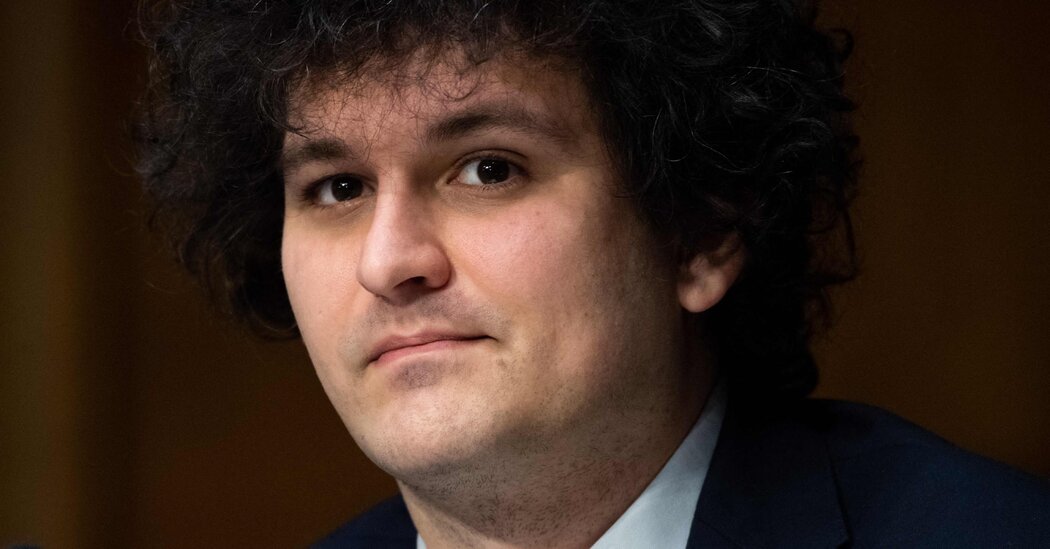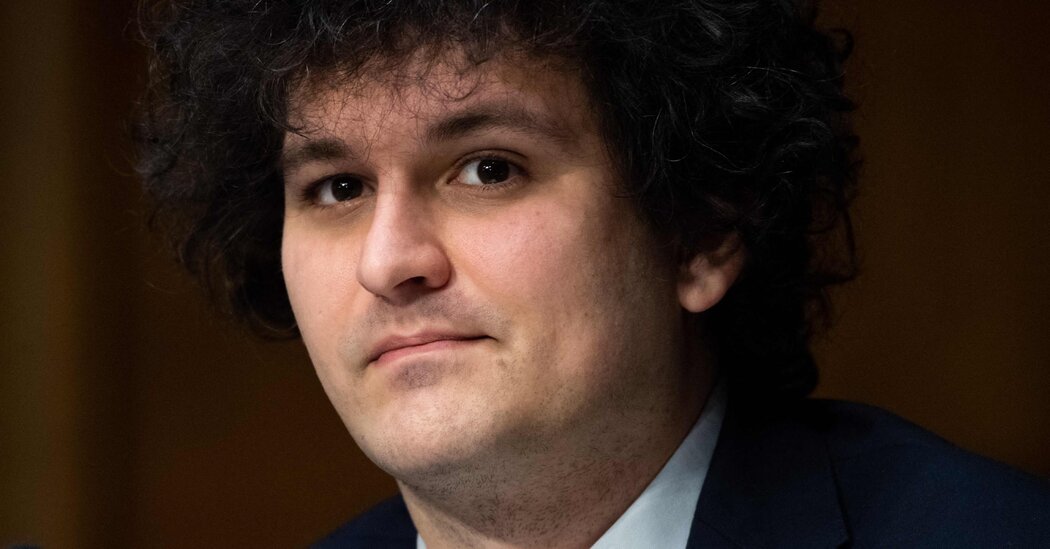
There’s a brief, flawlessly calibrated scene early in “Nanny” when the title character first sees the room where she is to sleep. Recently arrived in New York from Senegal, she has been hired by a white family as a babysitter. As the mother of the family guides her through the bright, spacious apartment, the nanny seems excited about her new position until she sees the small, dim room where she’ll sleep some late evenings. “It’s nothing fancy,” the employer says, clearly believing otherwise, as the nanny’s smile fades in the gray, cheerless light.
The nanny, Aisha (a lovely Anna Diop), graciously recovers her poise, despite the mother’s brittle exuberance and tensely coiled physicality. By the time this uncomfortable woman, Amy (Michelle Monaghan), asks if she can hug Aisha — after leaving her a binder filled with schedules and numbers and a fridge crammed with prepared meals — an absurd, uneasy world of privilege and its discontents has opened up, spilling its secrets. They’ll continue to spill throughout “Nanny,” which follows Aisha as she attempts to navigate her new life while holding fast to her former one and the beloved young son she left behind.
With swathes of vibrant color and a steady pulse, the writer-director Nikyatu Jusu, making her feature debut, briskly sketches in Aisha’s world with pinpoint detail, naturalistic performances and sly jolts of sardonic humor. Everything flows with unforced realism, or would, if it weren’t for the steadily mounting unease that tugs at the edge of the frame soon after Aisha begins working for the family, creating slight disturbances in the air. These ripples are almost unnoticeable at first, though even when they start to engulf Aisha, it’s unclear whether they’re emanating from deep within her or from outside malevolent forces.
It takes a while to get a read on what Jusu is up to. The story’s premise and some of its sharply observed details — totemic art work, an uninvited kiss — initially suggest that she is riffing on “Black Girl,” the Senegalese filmmaker Ousmane Sembène’s 1966 masterpiece about an African woman’s tragic death while working for a racist family in France. Yet despite the similarities between her movie and the Sembène film, Jusu is engaging with questions of power in a specific cultural context in which, among other things, white racial tolerance has become a kind of mask that ostensibly enlightened white people don only when it suits them, when they need to demonstrate racial sensitivity or need something from Black people.
Amid flourishes of discordant music and strange goings-on — a bump in the night, a mysteriously running shower — Aisha settles into her new routine. She quickly bonds with her charge, a sweet child (Rose Decker) with whom she speaks French. The family is paying for a babysitter and getting a language tutor for free, though, as Aisha tells Amy’s husband (Morgan Spector) with mounting bitterness, his wife has a terrible habit of not paying her. Aisha also begins seeing a man, Malik (Sinqua Walls), who also has a son and a grandmother (Leslie Uggams!), who ominously invokes an African spirit called Mami Wata.
Jusu draws fluidly from different genres and modes in “Nanny” — from scene to scene, the movie plays like an immigration drama, a lonely woman melodrama and a cruel labor farce — but at one point you realize that what you are watching looks, sounds and feels like a horror movie. It is, though its frights tend to be more intellectual than visceral, and here water gushes instead of blood. Yet even as Jusu layers on the shadows and revs up the shocks, she avoids formula by drawing on African storytelling traditions: As Aisha watches, wonders and struggles with her fate, Jusu sends a trickster up a wall and a malign spirit into the deep.
Diop’s delicate, fine-tuned performance works harmoniously with movie’s shape-shifting and with the other actors, especially Monaghan’s more full-bodied, quietly violent turn. Monaghan’s performance occasionally teeters on parody when the character seems on the verge of a breakdown or when Jusu’s dialogue hits her point a little too forcefully. For the most part, though, the tonally discrete performances carve out two powerfully distinct narrative spaces for these characters, one who fades into irrelevancy as Aisha battles and endures, finding a place in a world in a movie from a filmmaker who’s already found hers.
Nanny
Rated R for ominous images and brief nudity. Running time: 1 hour 37 minutes. In theaters.







